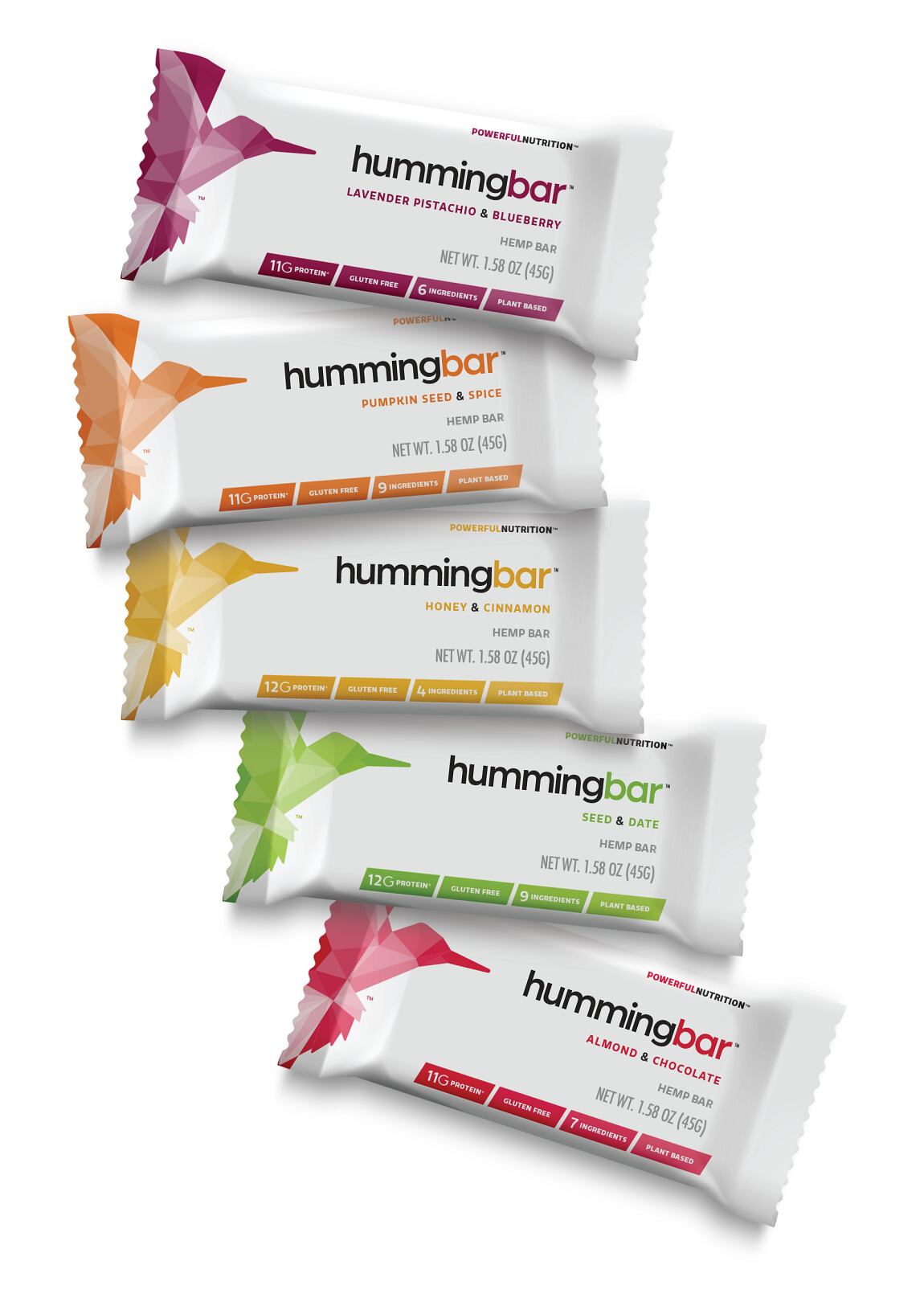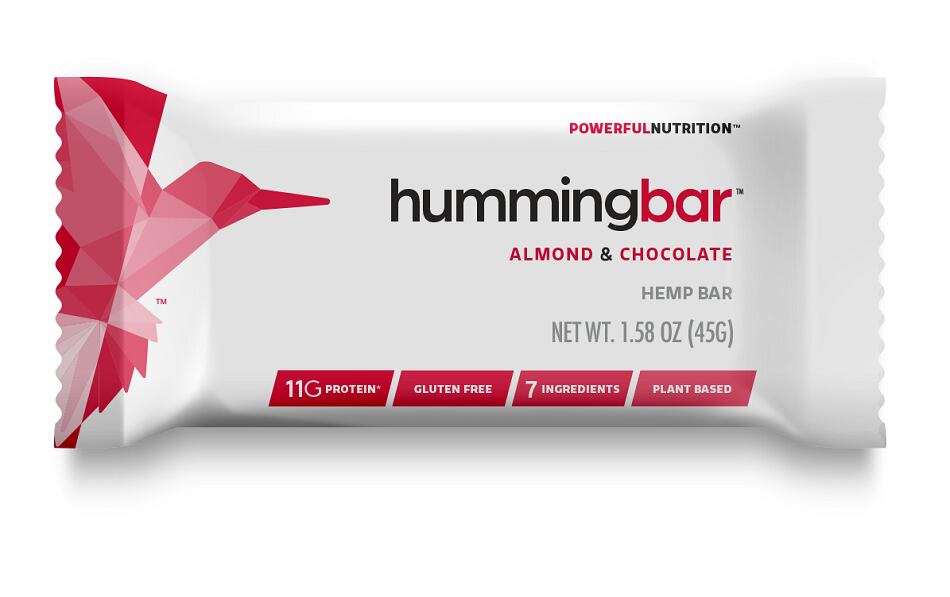If you were to ask Humming Hemp founder and CEO Hilary Kelsay what the ultimate superfood is, she would unequivocally say hemp seeds primarily because their macronutrient profile is unmatched by any seed, nut, or bean out there.
According to the company, hemp is a complete plant-based protein, is packed with 20 amino acids including 9 essential amino acids that can only be consumed through the diet, and is a balanced source of omega-3 and omega-6 fatty acids including gamma-linolenic acid (GLA).
"You would have to take two of today’s superfoods -- such as chia seeds and quinoa -- and put them together to start to hit the macros and the micros of hemp," said Kelsay, who describes the flavor profile as "if pine nut and a sunflower seed had a super baby."
The idea for Humming Hemp began when Kelsay returned from a tradeshow in the summer of 2017 where she connected with American hemp farmers, many of whom didn't have a steady market to sell their product. Kelsay was also running a honey company at the time with her husband, an American beekeeper, where she had built a strong distribution network.
Learning about hemp and the potential for it as a superfood ingredient, Kelsay launched several pantry staples including packages of hulled hemp seeds, cold pressed extra virgin hemp oil, and raw hemp protein powder, all available nationwide at conventional retailers and specialty retailers such as GNC.
By the middle of 2018, the brand had entered 1,000 stores and by the second half of 2018, Kelsey started innovating its next product line: a hemp bar sweetened with raw American honey to take hemp further down the path to mainstream household penetration.
Going after conventional retail
Despite is superfood status, household penetration of hemp, specifically hemp hearts (the inner fatty part of the hemp seed), is very low, Kelsay told FoodNavigator-USA.
"There’s so much confusion in the market. When people think of hemp, they either thinking of the marijuana plant, medical marijuana, or CBD," Kelsay pointed out.
Humming Hemp's hummingbar flavors include: almond & chocolate, honey & cinnamon, lavender pistachio & blueberry, pumpkin seed & spice, and seed & date. The brand used hulled hemp seeds as well as hemp protein to achieve an 11-12 g protein content in each bar.

"We are truly positioning ourselves as ‘all family’ and our flavors reflect that," Kelsay said.
"The hummingbar is our first solution to that problem," said Kelsay. "We’ve made it a convenient, delicious, accessible form. I think this is the answer to how you get household adoption rates up."
Humming Hemp's hummingbars launched officially at the Natural Products Expo West Show in March 2019 and have been ramping up distribution with conventional retailers including a nationwide launch into all Kroger stores this October.
"How Humming Hemp is different is that we took a natural superfood product to conventional retail first," said Kelsay.
"Conventional retailers know if they’re going to remain competitive against the likes of Whole Foods and New Seasons, they have to expand their natural food selection."
Kelsay added that the hummingbars hit all the nutritional boxes that consumers care about and retailers want to offer to shoppers: plant-based, high protein, keto, paleo, and limited ingredients.
The hemp food market
According to SPINS data spanning natural, specialty gourmet and conventional (MULO) retail channels, US retail sales of hemp foods were up 9.6% in the 52 weeks ending December 2, 2018.
By far, the biggest slice of the market is represented by shelf stable grocery products such as hemp seeds, bars, and milks (+6.6% year on year); followed by frozen products (+25.5%); and refrigerated products (-7.3%)
The biggest hemp food segments were nuts/trail mix/dried fruit products featuring hemp (+15.9%), followed by shelf-stable plant milks featuring hemp (+6.2%), cold cereals (+27.1%) and shelf-stable wellness bars and gels (-53.6%).
Bolstering American hemp farming industry
According to Kelsay, small and medium sized hemp farmers in the US had been growing industrial hemp largely on speculation prior to the passage of the US Farm Bill, which removed hemp from Schedule I of the Controlled Substances Act. And hemp seeds, don't carry the regulatory baggage of other parts of the plant (which contain the cannabinoids CBD and THC) and have a much clearer path to market.
"Predominantly industrial hemp is being grown for CBD and the seeds are a by product. We’re able to take the hemp seeds to market as a protein superfood," said Kelsay. "It props up the small and medium sized American hemp farmers."
Looking to Canada as an example, Kelsay believes hemp heart products have the potential to be a household pantry item.
"Canada’s been cultivating hemp for two decades, and they have a fairly good household adoption rate of hemp foods. So we do have the ability to piggyback off of their success."

